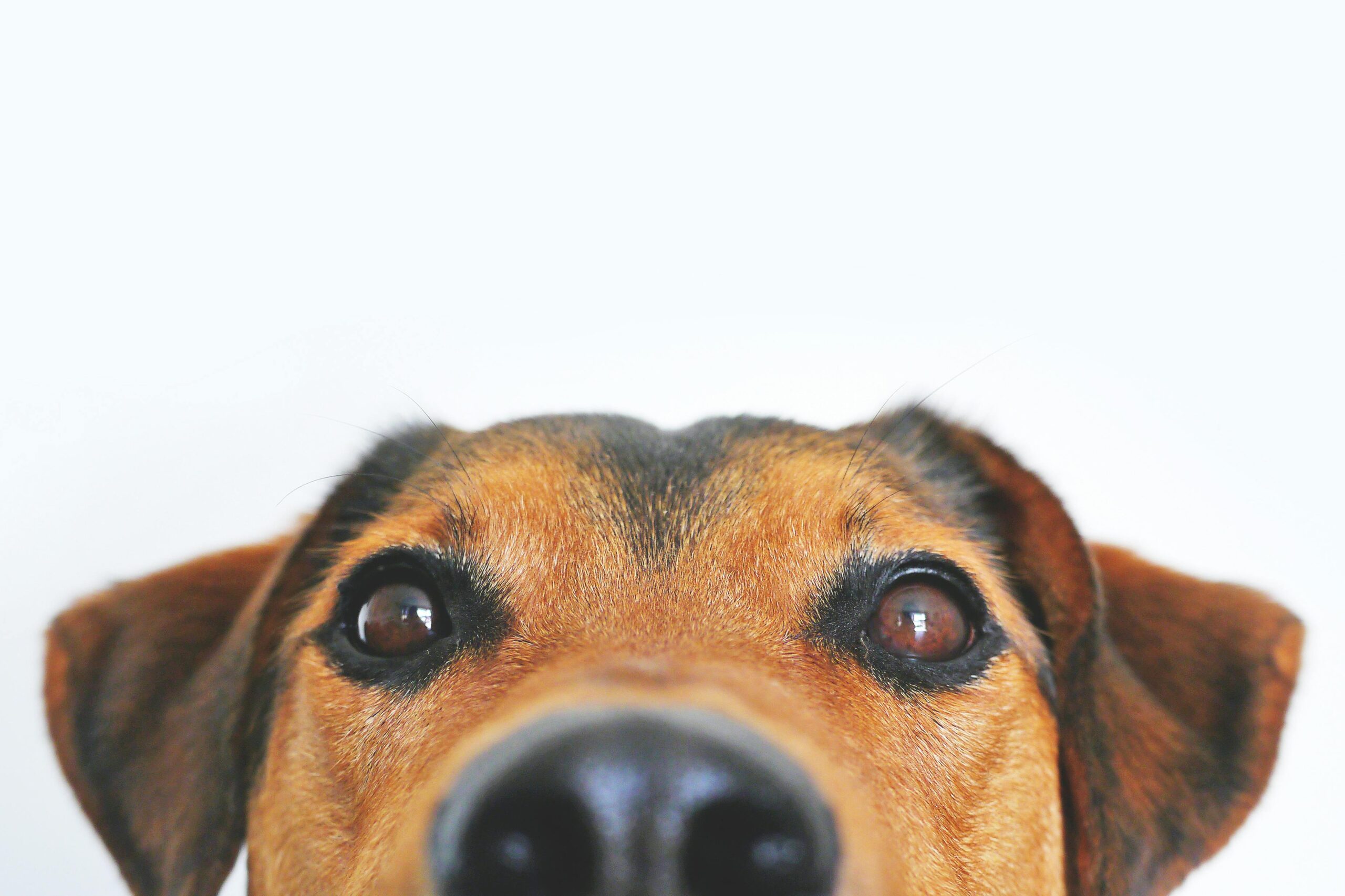Adorable animals have always played a role in human history. With the way animals bring out human emotion, it is no surprise that animals have also played a role in the history of marketing and advertising. Animals can be used to help establish brand identity and create an emotional connection with the audience. Animals with their unique personalities that are cute, funny, majestic, regal, or silly can set the tone for the brand. Not to mention, most people empathize with and enjoy seeing animals in advertisements because of these personalities. This can create loyalty and recognition for your brand based on consumer emotion.

Many successful ad campaigns currently and throughout history feature animals. Here are a few examples:
Nipper, the dog behind the RCA Victor advertisements, was one of the first animals to appear in visual advertising. The pup was painted posthumously listening to an Edison-Bell cylinder phonograph. After the Edison-Bell company decided not to buy the painting, the image was updated to show a product more reminiscent of Victor’s product. The painting and the slogan “His Master’s Voice” were sold to the company and the image of Nipper became the company’s registered trademark. In 1990, the company introduced another dog, a puppy named Chipper, to represent the “next generation” of technology and the idea of the classic and the modern elements working together.
Budweiser Commercial – Clydesdales Donkey
Budweiser has been using Clydesdale horses as a branding symbol after the end of prohibition. The horses and wagons were used to deliver cases of Budweiser to politicians who had helped repeal prohibition. The Clydesdales have stuck with the brand ever since. The horses usually make their appearance in Super Bowl advertisements, sometimes with the help of other animal co-stars such as donkeys or puppies. In the clip above, a donkey dreams of becoming a Budweiser Clydesdale. After some training and an outfit change, the donkey joins the Clydesdales in a heartfelt final scene. The horses have become so popular among the public, that when Budweiser announced they would not make an appearance during the 2010 Super Bowl, fans on Facebook protested so much that the brand changed its mind.
https://www.youtube.com/watch?v=TR3QyPeywCY
The Taco Bell chihuahua, Gidget, was a large part of the brand’s identity from 1997 until 2000. The ads featured the chihuahua ignoring a female dog and running through obstacles to find someone eating Taco Bell and announcing “Yo Quiero Taco Bell.” Another famous saying of the character was “Por Favor, Drop the Chalupa.” The ads were met with some backlash as they could be considered culturally insensitive, and Taco Bell ultimately stopped running ads featuring the Chihuahua in 2000.
https://www.youtube.com/watch?v=jBlq4eSLGbY
The Geico Gecko made his appearance in the early 2000s as the insurance company decided to poke fun at a mispronunciation of their brand name. The character, a talking gecko, is made of CGI and uses an accent that can be described as calming. The Gecko is outside of the box of usual brand mascots, but he has made an impact on the public and become a cultural icon.
https://www.youtube.com/watch?v=j8PGzYwTsqM
The famous Aflac duck first appeared in commercials in 2000. The character makes a pun on the fact that “quack” sounds like the brand name “Aflac.” The duck character makes the audience laugh and both his image and voice make the Aflac brand stand out among other companies. The Aflac duck has stood the test of time and is still used in the company’s marketing and promotional material in 2024.
- 5 Tips for Effective Email Marketing - June 24, 2025
- 6 Tips for a Successful Meeting Presentation - May 9, 2025
- Keep Your Kool: 10 Time Management Tips - April 23, 2025


0 Comments